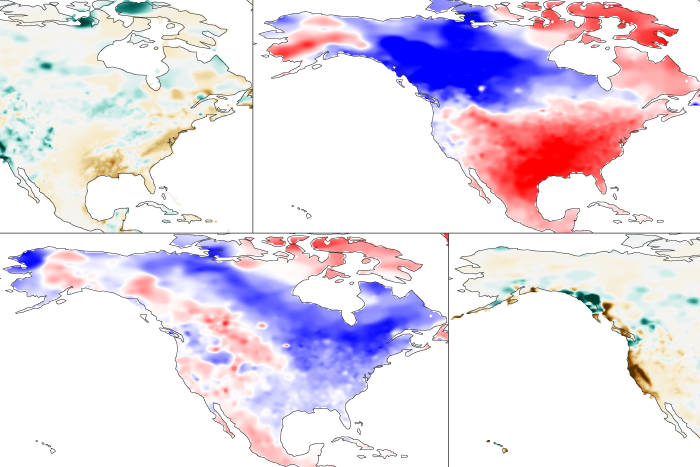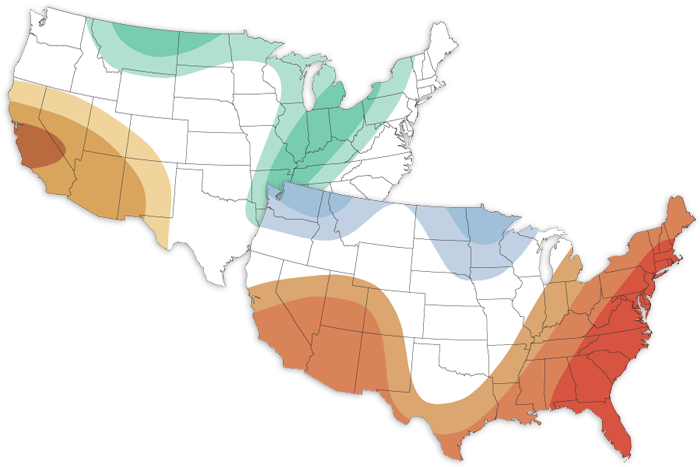It was the sixth-warmest year on record for planet Earth.
The United States is expected to experience as much sea level rise by the year 2050 as it witnessed in the previous hundred years. The report projects sea levels along the coastline will rise an additional 10-12 inches in the next 30 years, with specific amounts varying regionally, mainly due to land height changes.
Rapid climate change has affected salmon populations—and the people who depend on them—for decades. NOAA Fisheries and the NOAA Pacific Marine Environment Laboratory are collaborating with an international team of scientists in an expedition to close gaps in understanding about salmon.
The year-long MOSAiC expedition collected unprecedented environmental data from the Central Arctic Ocean. The research team has just published three overview articles on the MOSAiC atmosphere, snow and sea ice, and ocean.
A newly released video highlights how climate change is affecting marine sanctuaries, and how NOAA is addressing climate change impacts in these spectacular places.
The Resilient Rural America Project (RRAP) has launched two self-guided, no-cost training modules to build local capacity and resilience to extreme weather for rural communities across the United States.

Hop in as our ENSO blogger takes you on a road trip through the February 2022 ENSO forecast.
The month brought a warm West and a cold East. Amid widespread dryness, wetter-than-average conditions occurred in Colorado, the Ohio Valley, and the Mid-Atlantic.

The February 2022 climate outlook favors warmer-than-average temperatures across the southern and eastern U.S., with cooler and wetter conditions favored across the north. Out West, a drier-than-average month is forecast.
Although Arctic temperature trends have been attributed largely to greenhouse gas emissions, natural variability also plays a role. New research gives scientists a better understanding of the internal variability in the Arctic system.